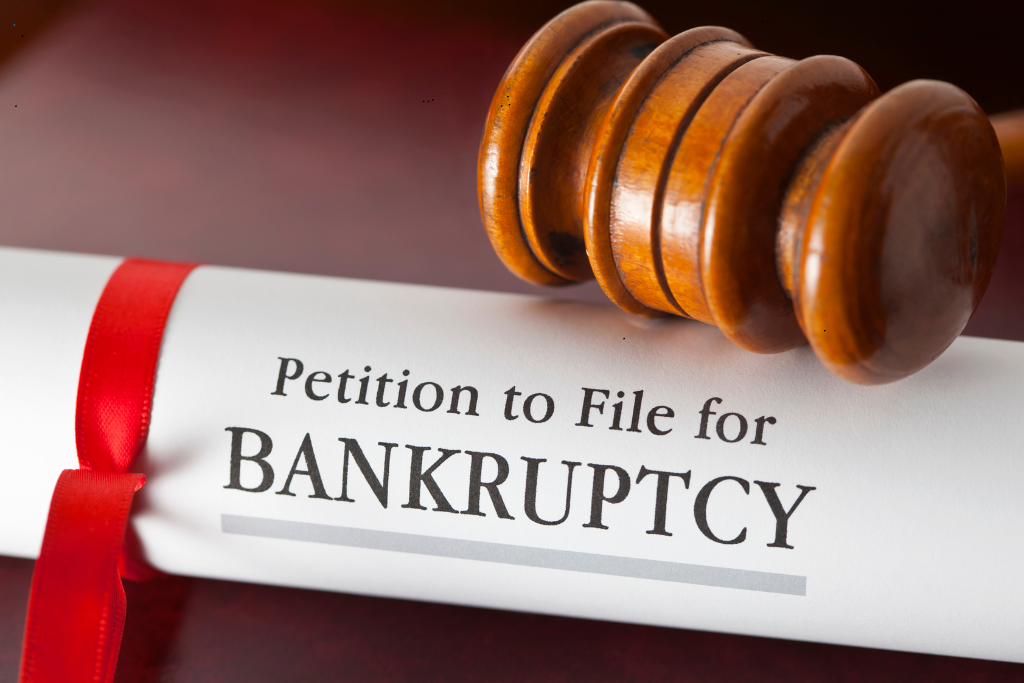Filing for bankruptcy can provide a lifeline for those grappling with overwhelming debt, but navigating the process can be daunting. While many choose to hire a lawyer to guide them through the complexities, it is possible to file on your own with the right preparation and knowledge. According to legal experts from Affinity Lawyers, understanding the process thoroughly is crucial for anyone considering a DIY approach to bankruptcy. This guide will walk you through the essential steps to file for bankruptcy without a lawyer, ensuring you’re well-informed and prepared for each stage of the process.
1. Understand the Types of Bankruptcy
Before diving into the paperwork, it’s crucial to understand the two primary types of bankruptcy for individuals:
Chapter 7 Bankruptcy: Often referred to as liquidation bankruptcy, it involves the sale of non-exempt assets to pay off creditors. It’s suitable for those with limited income and unsecured debt.
Chapter 13 Bankruptcy: This is a reorganization bankruptcy that allows individuals with a regular income to create a repayment plan to pay off debts over three to five years. It’s ideal for those who want to keep their assets and have a steady income.
2. Evaluate Your Financial Situation
To determine which type of bankruptcy suits you best, assess your financial situation thoroughly. This includes:
- Listing all your debts, including credit cards, medical bills, and personal loans.
- Calculating your total income and expenses.
- Evaluating your assets such as property, vehicles, and savings accounts.
3. Complete Credit Counseling
Before you can file for bankruptcy, you must complete credit counseling from a government-approved agency. This counseling session will help you understand your financial situation and explore alternatives to bankruptcy.
Find an approved credit counselor: Visit the U.S. Trustee Program’s website to locate an approved agency.
Attend the session: It typically lasts about 60-90 minutes and can be done in person, over the phone, or online.
Obtain a certificate: After completing the session, you’ll receive a certificate of completion, which you must file with your bankruptcy petition.
4. Gather Necessary Documents
You’ll need to gather various documents to support your bankruptcy filing:
- Income statements: Recent pay stubs, tax returns, and any other proof of income.
- List of debts: Detailed accounts of all your creditors, including amounts owed and account numbers.
- List of assets: Information on your property, vehicles, and other valuable possessions.
- Monthly expenses: Documentation of your regular living expenses.
5. Fill Out Bankruptcy Forms
The next step involves completing the bankruptcy forms. These forms can be downloaded from the U.S. Courts website or obtained from your local bankruptcy court. The main forms you’ll need include:
Voluntary Petition for Individuals Filing for Bankruptcy: This is the main document where you declare your intent to file for bankruptcy.
Schedules of Assets and Liabilities: These schedules detail your financial situation, including all assets and debts.
Statement of Financial Affairs: This provides a summary of your financial history and recent transactions.
Chapter 7 or Chapter 13 Plan: Depending on the type of bankruptcy, you’ll need to complete a plan outlining how you intend to address your debts.
6. File Your Petition
Once your forms are completed, you need to file them with the bankruptcy court in your district. This is typically done at the courthouse, though some courts allow electronic filing.
- Pay the filing fee: The fee for Chapter 7 bankruptcy is currently $338, while Chapter 13 costs $313. If you can’t afford the fee, you may request a fee waiver or pay in installments.
- Submit the forms: Ensure you file all necessary documents and keep copies for your records.
7. Attend the Meeting of Creditors
After filing your petition, you’ll be scheduled for a meeting of creditors (also known as a 341 meeting). During this meeting, you’ll be questioned by the bankruptcy trustee and possibly your creditors.
- Prepare for the meeting: Review your bankruptcy forms and be ready to answer questions about your financial situation.
- Attend the meeting: Bring your identification and any requested documentation.
8. Complete Debtor Education Course
Before your bankruptcy case is closed, you must complete a debtor education course. This course, available from government-approved providers, helps you understand how to manage your finances and avoid future debt issues.
- Find a provider: Look for an approved agency to offer the course.
- Complete the course: It typically takes a few hours and can be done online or in person.
- Submit the certificate: Provide the court with proof of completion.
9. Receive Your Discharge
If all goes well, the court will issue a discharge order, eliminating your qualifying debts. For Chapter 7, this typically occurs a few months after the meeting of creditors, while Chapter 13 can take longer, depending on the repayment plan.
Conclusion
Filing for bankruptcy without a lawyer can be challenging, but it’s feasible with careful preparation and attention to detail. By understanding the process, gathering the necessary documents, and following the steps outlined above, you can navigate the bankruptcy process and work toward a fresh financial start. However, if you find yourself struggling at any point, seeking professional legal advice might be beneficial.






